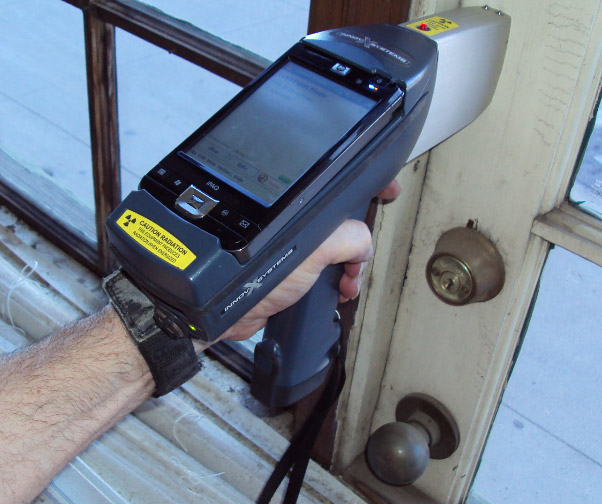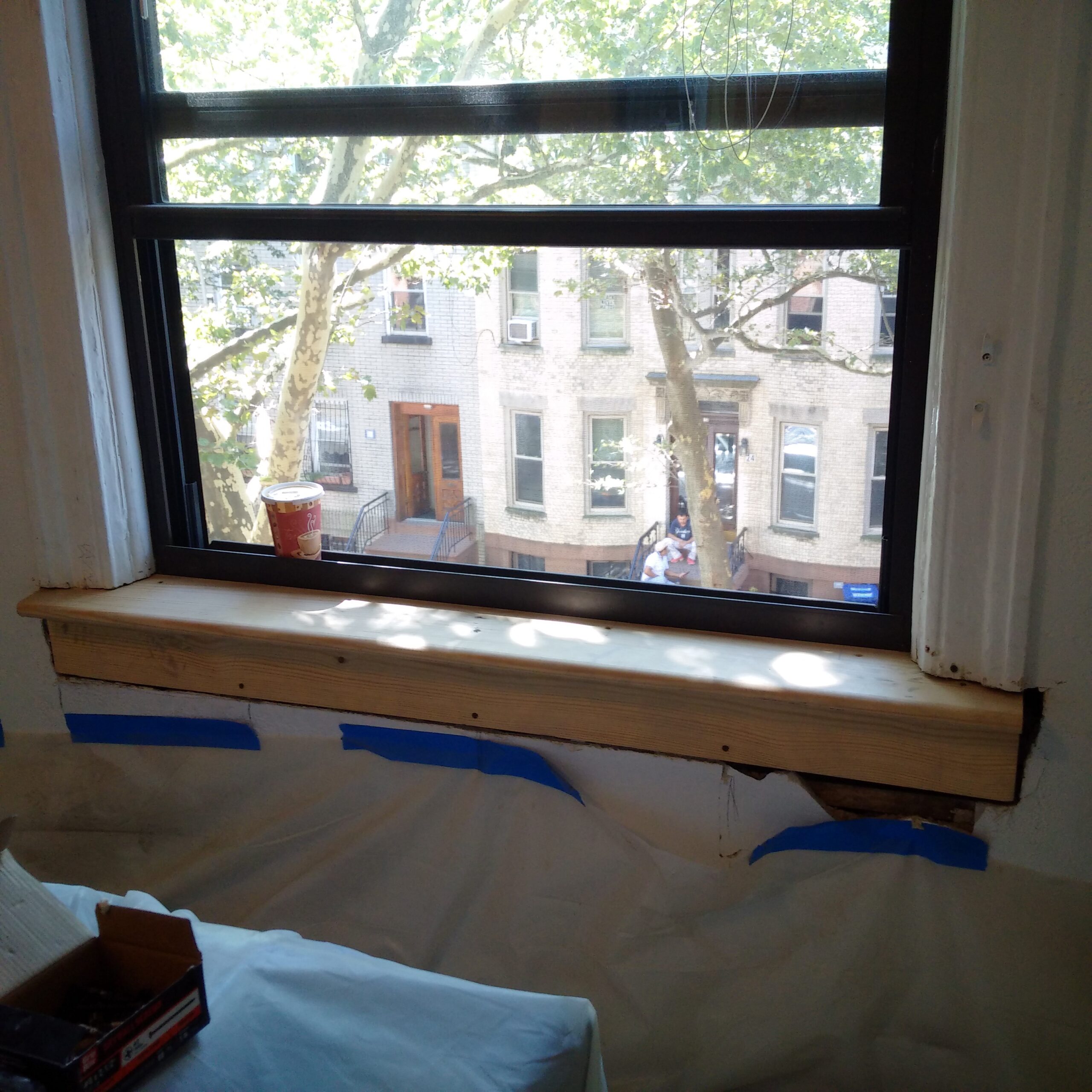Relied On Lead Paint Removal Company-- NYC's Premier Lead Reduction Service
Relied On Lead Paint Removal Company-- NYC's Premier Lead Reduction Service
Blog Article
Ideal Practices for Ensuring Safe and Extensive Lead Violation Reduction
Attending to lead infraction abatement requires a multi-faceted method to make sure both safety and security and conformity. Initial assessments making use of innovative discovery approaches such as XRF analyzers established the stage for an accurate understanding of contamination levels. Including correct control strategies, consisting of airtight barriers and HEPA filtering, combined with using personal safety devices (PPE) for employees, forms the backbone of a safe and secure operation. Meticulous clean-up protocols, including HEPA vacuuming and wet-wiping, are important. It's the last clearance process, involving thorough evaluations and lab testing, that really validates a lead-free setting, guaranteeing long-lasting safety and security. Just how do these techniques interconnect to guarantee detailed lead abatement?

First Evaluation
Performing a first analysis is an important initial step in lead offense reduction. This phase includes a detailed analysis of the property to identify the presence, level, and particular locations of lead-based dangers. Qualified experts, such as certified lead examiners or risk assessors, must perform a thorough site assessment, utilizing tools like X-ray fluorescence (XRF) analyzers to properly discover and measure lead focus in paint, dirt, soil, and water.
The evaluation has to likewise consist of a review of the building's background, previous records, and any problems or wellness issues reported by passengers - Lead Removal Contractors. Recording the findings carefully is crucial, as these records develop the basis for establishing a reliable abatement technique. A complete analysis also includes tasting and research laboratory evaluation, which are crucial to verify the existence of lead and overview succeeding activities
Furthermore, it is crucial to communicate the results transparently to all stakeholders, including homeowner, tenants, and regulatory authorities. By guaranteeing that the preliminary evaluation is carried out with precision and rigor, experts can lay a solid foundation for a targeted and effective lead abatement process, eventually protecting public health and wellness and making certain compliance with regulative standards.
Proper Containment
Correct containment is crucial to protect against the spread of lead pollutants during reduction activities. Properly managing control lessens the risk of lead dirt and debris moving to non-work areas, therefore securing both the environment and people outside the immediate job zone.

Regular evaluations of the containment area are necessary to look for violations or weak points in the obstacle. Any kind of determined concerns should be promptly addressed to preserve the stability of the containment. By adhering to these practices, reduction projects can effectively manage lead contamination and reduce associated health and wellness dangers.
Employee Protection
Making certain worker security is paramount during lead reduction tasks to avoid work-related direct exposure to click now dangerous lead bits. Essential steps consist of the usage of personal protective devices (PPE) such as respirators, handwear covers, and full-body matches specifically developed to obstruct lead dirt and fumes. Employees should undergo detailed training on the proper use and upkeep of PPE, including healthy screening for respirators to ensure maximum effectiveness.
Engineering controls, such as regional exhaust air flow systems, are critical in decreasing airborne lead concentrations in the workplace. Administrative controls must also be implemented, consisting of limiting the period of direct exposure and rotating employees to lower individual direct exposure times. Normal clinical security and biological tracking are important for early detection of lead absorption, allowing timely intervention and therapy.
In addition, developing a purification protocol is essential. Employees need to comply with rigid purification procedures before breaks and at the end of their change to avoid lead dirt from being brought outside the workplace. This consists of detailed hand and face cleaning with lead-specific cleaning agents and transforming out of infected garments.
Precise Cleanup
Keeping a risk-free workplace expands beyond worker defense and includes precise cleanup to ensure lead fragments are extensively eliminated from the site. The process of meticulous cleaning is essential in stopping the recontamination of the eased off location and safeguarding both existing and future passengers.
To achieve a thorough clean-up, all workspace must be methodically sanitized. This includes making use of specialized HEPA (High-Efficiency Particulate Air) vacuum and wet-wiping methods to capture and eliminate fine lead dust that might have decided on surface areas. It is vital to cleanse all horizontal surface areas, consisting of floors, home window sills, and countertops, in addition to upright surfaces that may have entraped lead particles.
Employees have to use ideal personal protective devices (PPE) throughout cleanup to prevent direct exposure to residual lead dirt. Used cleaning materials such as wipes, sponges, and wipe heads should be gotten rid of according to contaminated materials disposal guidelines.

Last Clearance
Final clearance is the important ending phase of lead abatement that figures out whether the website is secure for reoccupation. This crucial step entails comprehensive examination and testing to confirm that all lead dangers have actually been effectively eliminated. The process begins with a visual assessment by a qualified lead-based paint assessor or risk assessor to ensure no visible dust or particles stays. This is adhered to by accumulating dirt clean examples from numerous surface areas, consisting of floorings, windowsills, and various other straight why not try this out surface areas. Lead Removal Contractors.

Final clearance screening not only protects future owners yet likewise ensures conformity with regional, state, and federal laws. It serves as a recorded validation of the reduction specialist's adherence to industry ideal methods. Ensuring a complete and effective last clearance is vital in safeguarding public health and wellness and fostering rely on the abatement procedure.
Conclusion
Making sure safe and complete lead violation reduction demands a diverse strategy encompassing preliminary assessments with sophisticated discovery methods, efficient control strategies, rigid employee protection procedures, and thorough cleanup procedures. The last clearance stage, featuring comprehensive assessments and lab screening, is essential to confirm compliance with EPA requirements. Adherence to these best practices guarantees a safe atmosphere for owners, reduces health and wellness dangers, and promotes regulatory demands, consequently advertising public wellness and safety in lead-affected areas.
Report this page